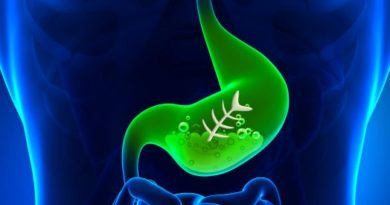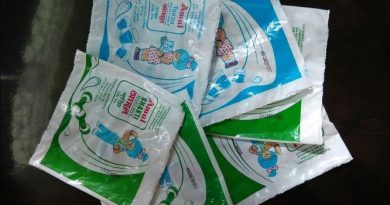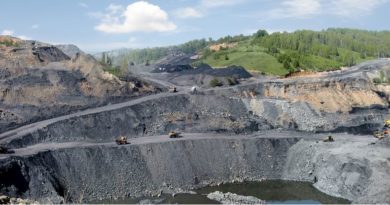NTPC To Issue Tender for Biomass Pellets, To Combat Air Pollution

NTPC Ltd, India’s largest power producer and a PSU under Ministry of Power, has invited bids for procurement of biomass pellets for its various thermal plants on the basis of Domestic Competitive Basis (DCB) . The move is part of its endeavour to reduce burning of crop residue on farmlands that cause air pollution. The power producer has envisaged consumption of five million tonnes of pellets in the current year at 17 of its power plants including NTPC Korba (Chhattisgarh), NTPC Farakka (West Bengal), NTPC Dadri (Uttar Pradesh), NTPC Kudgi (Karnataka), NTPC Sipat (Chhattisgarh), and NTPC Rihand (Uttar Pradesh).
While the invite will be considered great news, keep in mind that NTPC has truly struggled to meet its ‘procurement targets’ ever since the idea was first mooted actively and tried. It was in November 2017 that the Central Electricity Authority first issued an advisory stating that all capable public, private power generating utilities should try to use 5 per cent to 10 per cent biomass pellets primarily made of agro residue along with coal.
The timing of the move is also questionable, as the tender process will ensure that actual use of the biomass might start only post November, by when the air pollution impact of stubble burning, will already have started.
As recently as January this year, NTPC itself had announced a target of procuring 6 million tonnes of similar biomass pellets, a target that has clearly been scaled down massively now.
As per a statement issued by NTPC Ltd, it had first undertaken this unique initiative on pilot basis in 2017 for biomass co-firing by replacing some of the coal with pellet based fuel at NTPC Dadri, Uttar Pradesh. Post successful implementation, NTPC now plans to replicate the model in 17 of its state of the art plants. The invitation for bids would be done through e-tendering at SRM Portal. The bidding process will be followed by the Single Stage, Two Envelope Bidding System.
NTPC is confident that co-firing will help create large scale rural employment opportunities in processing as well as supply chain for biomass. The power producer will give preference to bids from suppliers from Punjab and Haryana. primarily because these two states have been in the spotlight for the impact they have on pollution in the national capital, New Delhi.
NTPC had fired 100 tonne of agro residue based pellets at Dadri, Uttar Pradesh in 2017. The test-firing was carried out in four phases, with gradual increase in percentage of firing from 2.5% to 10% along with coal. Till date, the company has fired more than 7,000 tonne of agro residue pellets.
As per estimates, about 145 MMTPA of crop residue remains unutilised and most of it is burnt in India in the open fields, creating severe air pollution that leads to health issues. Open burning of agro residue is considered a major contributor to the surge in PM 2.5 in Northern India in post-harvesting season.
With its gross calorific value comparable to the bituminous coal, the power generation potential of the entire 145 MMTPA biomass burnt through co-firing in coal-based power plants is equivalent to 28,000-30,000 MW of round the clock generation of renewable power which can produce the same amount of electrical energy as can be produced from solar capacity of 125,000-150,000 MW.
For Delhi, at the centre of this whole effort, the effort this year is likely to be a palliative at best, as other measures, including shut down of some coal plants, high vehicles use, poorly regulated construction and even the dust enveloping the city all play a role too.




